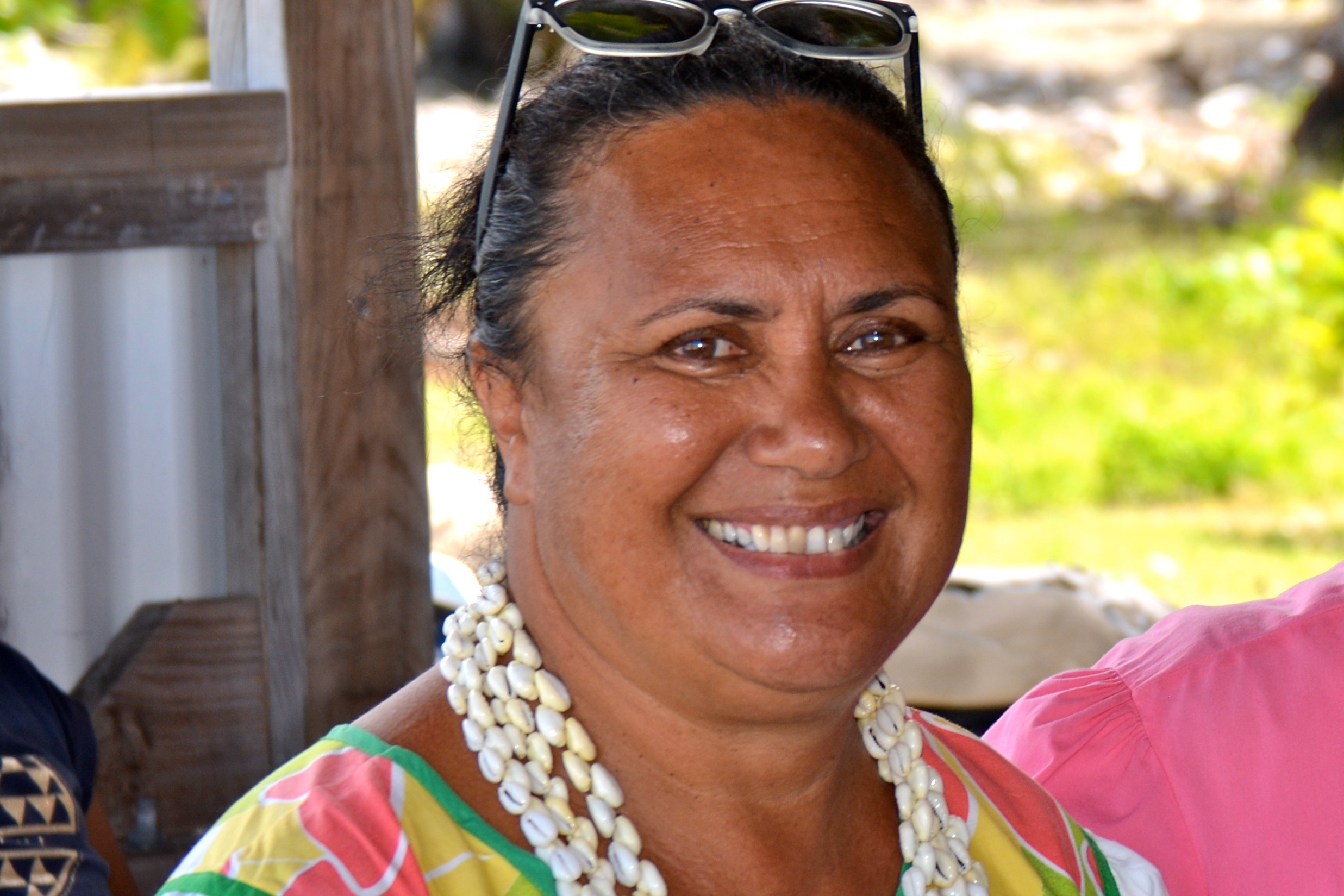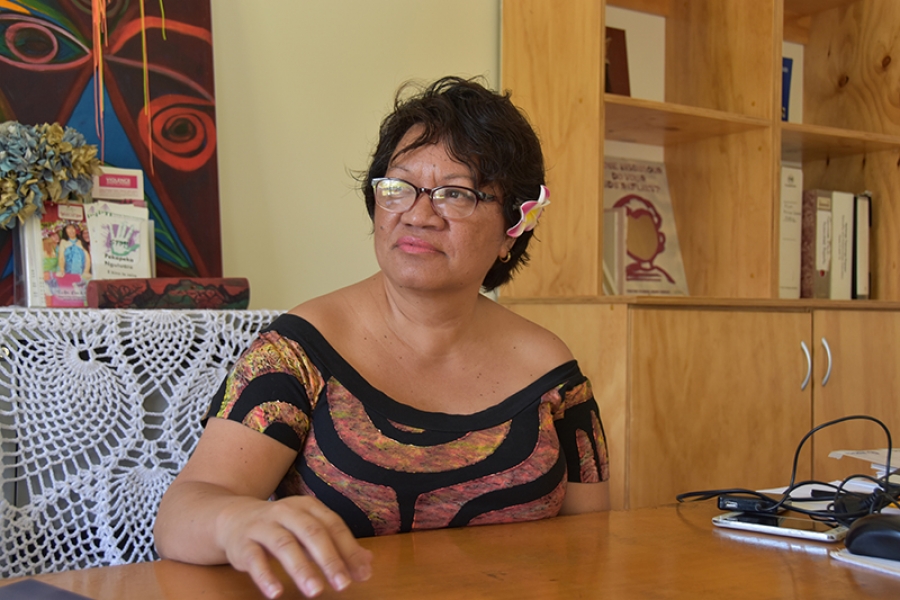AUCKLAND – The author of a recent report suggesting atolls like Tuvalu are growing, no sinking, says the research has a risk of being misrepresented by climate change cynics.
The Changing Waves and Coasts in the Pacific report which studied over a hundred years of images of Funafuti atoll in Tuvalu found huge changes in the shape and form of islands – but overall there has been an increase in island land area. He says this happened despite a sea level rise of 30 centimetres. The Head of Auckland University’s School of Environment, Professor Paul Kench, told Radio New Zealand’s Dateline Pacific the report highlights a more complex challenge for Pacific nations than simply watching their islands sinking as sea levels rise.
“There has been a lot of concern over the future stability, or even existence, of atoll islands into the future.
“While there has been a lot of guessing and speculation about that, if we look through the historical record of the last 100 years, we know that sea level has risen around some of these atolls at quite alarming rates. “The idea was to look at how islands have coped over the last 50 to 100 years and would that give us clues as to how islands may respond into the future as sea level continues to rise. “We know that the sea level has risen around the Tuvalu region about 30 centimetres over the past 50 years so that is quite a large amount.
“When we look at the islands themselves the majority of them have increased in area or have at least remained exactly the same size. There’s a small proportion that have got smaller.
“I guess the key fi nding there is that no islands have disappeared on this atoll despite the fact that sea level has gone up about 30 centimetres – and the fact there is a lot of evidence to suggest that these islands have become larger in many cases.” Kench said the findings do not back up the beliefs of climate change disbelievers.
“No, that’s not what we are saying at all. We found that every island changed, and in some cases these islands have moved on their reef platform quite a considerable amount.
“I think perhaps what this study really shows is that it’s more of a contextual analysis of what challenges these countries face in the next 100 years. By that I mean the existing paradigm that islands will disappear, leading to refugee status and islanders having to migrate is quite a simplistic one.
“What our data indicates is that these countries are facing significant environment challenges as their land changes around them. That poses a big problem on how they continue to coexist and manage their way through the next century as their physical land, their sub strata problem which they live is constantly changing and moving about them.
“A lot of these countries, they have development goals and what needs to underpin their future planning and management is an understanding of how their islands are changing.
“They need to know which islands are getting smaller, which islands are getting larger and which islands are the most stable. “With that kind of information you can equip yourselves with a better understanding which you can marry with your planning process.”
He said there needs to be more similar studies undertaken of other atolls and islands.
“There is very little monitoring of the islands in the Pacific. While there is tens of millions being spent on monitoring sea level and other environmental property, the actual thing that people live on – the land, has very little attention – and with resources such as satellites constantly orbiting the world and old aerial photographs, we’re able to compile quite accurate analyses of how Pacific islands have transformed over the past 50 years or so.”
Kench said atoll dwellers should continue to be worried about climate change and rising sea levels. “They certainly need to be concerned about sea level rise and climatic variability. Our story from our research is that there will be islands for them to live on in the future, but they will have changed. “And there’s a real urgency to expand this work into national assessments for each of these island countries and really take a serious look at how we integrate this information to help these countries with their future planning and adaptation strategies.”











































